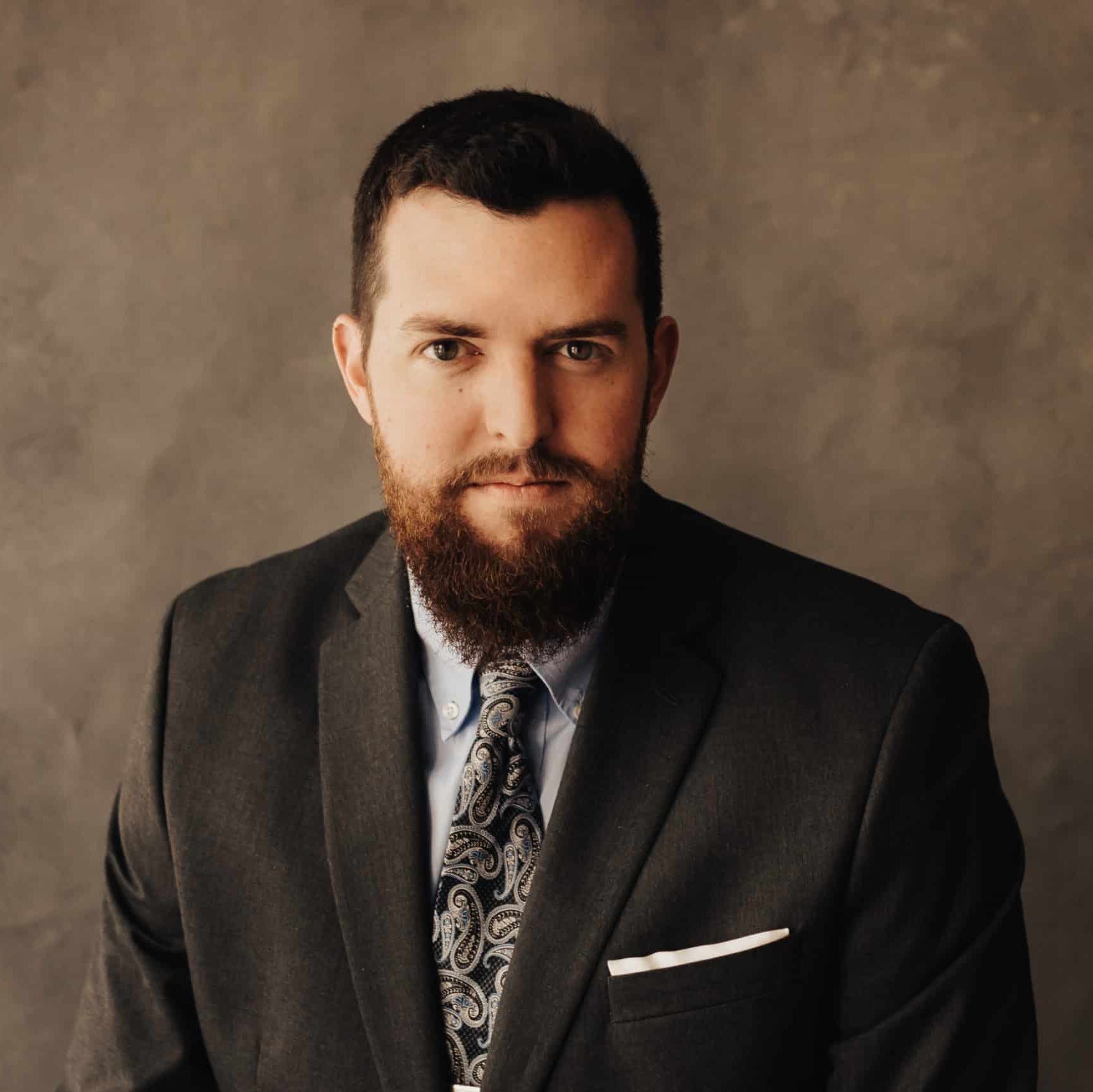Licensed practical nurses(LPNs) are frontline health care workers who help to treat people’s needs and promote their health. LPNs work under the direction of physicians andregistered nurses(RNs) to provide medical or psychological care to their patients.
There are several types of people who may consider working as an LPN. People interested in a health care career without having to spend a long time in school may find working as an LPN is a good option. LPN careers may also be ideal for those already working in health care who want to take the next step in their education and clinical responsibilities.
Though working as an LPN does require some education, the required schooling usually only takes around 1–1.5 years. This allows LPNs to start working quickly, with the tradeoff of being one of the lowest-level clinical positions requiring an education.
How to Become an LPN
Becoming an LPNcan be a somewhat complex but rewarding process. Essentially, the process entails completing the educational requirements needed, passing theNCLEX-PN(the nationally recognized licensure exam for LPNs) and applying for a nursing license. Some RN courses are constructed so that students can meet the eligibility to take the NCLEX-PN partway through the course.
Treatment Can Be Life Changing. Reach out today.
Whether you are struggling with addiction, mental health or both, our expert team is here to guide you every step of the way. Don’t wait— reach out today to take the first step toward taking control of your life.
What are the Requirements?
To even begin considering a career as an LPN, the first step will be to receive a high school diploma or acquire a GED. The next step is enrolling in an LPN program. This may include a diploma, certificate or associate’s degree program.
Pursuing a diploma or certificate will often be faster, with coursework being completed in 9–18 months, depending on the program. While these programs may be faster, the coursework will not be easily transferable. Additionally, the shorter time spent on them may not provide the quality that some employers are looking for.
Associate’s degree courses will often be somewhat longer, ranging from 18–24 months. These courses, however, will be more transferable and make it easier to continue your nursing education later. An associate’s degree will also be valued more highly by potential employers.
Each potential course of education will involve both classroom education and real-life clinical education and practice at clinical sites. The actual number of hours spent in clinicals and the types of courses in an LPN program will vary based on the academic program and requirements in the specific state. Some courses may count some clinical experience or other education that has already been completed, and each course will have slightly different requirements and work.
Once you have completed the education portion of your training, you will have to take the NCLEX-PN — the national standardized test required to become an LPN. This test is completed on a computer at an approved testing center. Someone trying to become an LPN must pass this test in order to gain licensure.
After you have successfully passed the NCLEX-PN, you will have to obtain licensure from the state board of nursing in the state that you wish to practice in. Most people begin this process prior to taking the NCLEX-PN, but the state will not issue your nursing license until you have passed the NCLEX-PN. Once the state board of nursing grants your licensure, you are officially an LPN and can start working in that capacity.
How Long Does LPN Licensure Take?
The time it takes to obtain anLPN licensedepends mostly on the course of education that you pursue. Depending on your choice of education, it may take 9–24 months to complete your coursework. Once you have completed your education, it can take 2–4 months to complete the process of being approved to take the NCLEX-PN, taking the exam and receiving approval for your LPN license application.
An LPNs Role in Substance Rehabilitation
LPNs can play an important role in substance rehab facilities. In these settings, LPNs can help to draw blood, take vital signs and alert the RNs or other providers of any abnormalities. LPNs can also administer medications and help partially or fully incapacitated patients with their activities of daily living. LPNs may also assist other providers with tasks and can help to facilitate therapy groups.
LPNs are an important member of the rehab team and often spend more time with patients than other members of the health care team. LPNs often play an important role in helping their patients achieve lasting recovery, and their care may be the key difference in helping someone overcome addiction.








